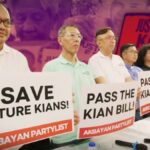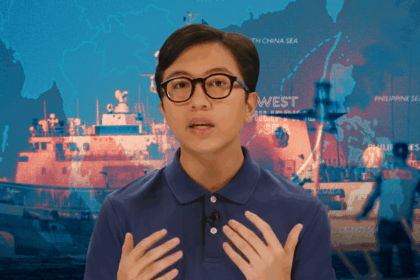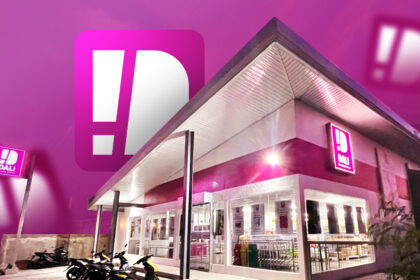What started as a simple protest against an oil price hike erupted into one of the fiercest displays of student resistance in history.
On the grounds of UP Diliman, students, faculty, and residents stood shoulder to shoulder, demanding justice under the iron-fisted rule of Ferdinand Marcos Sr. But the fight for their rights was met with bloodshed. A pro-Marcos professor fired at the crowd, killing 17-year-old Pastor “Sonny” Mesina Jr.
Instead of justice, the state responded with force. Police and military stormed the campus, justifying their siege with the very violence they enabled. Dissent became a crime. Surveillance replaced freedom. Resistance was met with retaliation and UP did not falter.
From February 1 to February 9, 1971, the university stood as a barricaded stronghold of defiance. Students built blockades, occupied buildings, and transformed their campus into a symbol of unyielding resistance. With no weapons but their voices and convictions, they faced the full force of the dictatorship—and did not break.
THE PURGE
On February 1,1971, Jeepney drivers began their protest against the three-centavo increase of oil price, and students from Kabataang Makabayan (KM) and Samahang Demokratiko ng Kabataan (SDK) declared their full support for the protest. Along University Avenue, the first barricade was placed, preventing vehicles from entering the campus, with around 200 to 300 students actively blocking entry.
Chaos stirred when students ran towards Vinzons Hall, shouting, “Namamaril ang mga pulis!”
Despite the disruption, faculty members and office personnel were politely requested to walk to their classrooms and offices instead.
Concerned about the growing unrest, UP President Salvador P. Lopez (SP Lopez) instructed Dean of Students, Prof. Armando Malay, to negotiate with the barricaders and convince them to allow vehicles to enter the university.
Mathematics professor Inocente Campos drove towards University Avenue but was denied entry.
A pillbox exploded, tearing Campos’ left rear tire. He got out of his vehicle and fired shots at the students.
TRIGGER WARNING
Campos fired relentlessly at the students for five minutes. Tragically, Pastor “Sonny” Mesina Jr., a member of Samahang Demokratiko ng Kabataan (SDK), was shot in the forehead and died three days later He was declared as UP Diliman’s first martyr of the struggle against Marcos dictatorship.
Then-UP President Salvador P. Lopez was summoned by the government’s Peace and Order Council to discuss suppressing student protests. Despite Lopez citing an agreement with Quezon City Mayor Norberto Amoranto to keep police out of the campus, the council ruled that law enforcement could forcibly enter UP grounds.
Enrile even threatened to have the Philippine Constabulary take over city hall if the mayor resisted.
As Metrocom forces advanced, students rushed to the Arts and Science Building (now Palma hall), fortifying it with makeshift barricades of chairs, tables, and bulletin boards. Despite their efforts, police broke through and arrested more than 18 students.
A NIGHTMARE ON UNIVERSITY AVENUE
Students from the mass communication department took control of campus radio station DZUP, renaming it “Malayang Radyo ng Diliman (Free Radio of Diliman).” They used it to provide real-time updates on the Commune and spread progressive propaganda.
On February 4, they even aired alleged recordings of President Marcos, making love with American actress Dovie Beams, which were later broadcast nationwide by ABS-CBN—an act that deeply humiliated Marcos.
By February 5, the threat of police invasion lessened, but tensions remained high. The barricades stayed up for days until students voluntarily started dismantling them on February 9.
However, major fires and explosions erupted during the takedown, though it’s unclear whether these were caused by infiltrators, students resisting the barricades’ removal, or one final act of defiance by the “communards.”
DEFYING TYRANNY
Ericson Baculinao was the chairman of the University of the Philippines Diliman Student Council during the 1971 Diliman Commune. He was a key figure during the protests.
Also, as the appointed head of the provisional directorate, he presides affairs concerning the “Malayang Komunidad ng Diliman”.
After some time, Baculinao became the Beijing Bureau Chief for NBC News.








